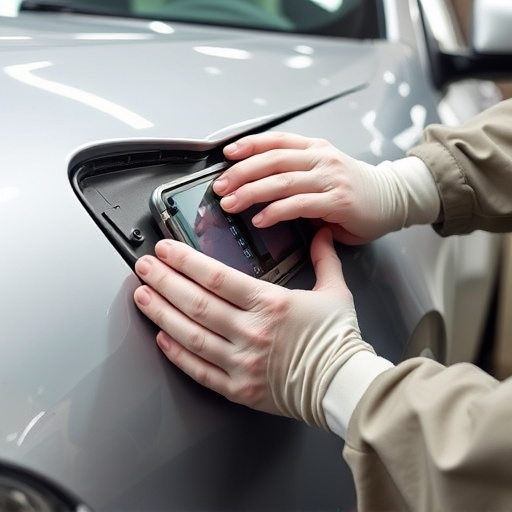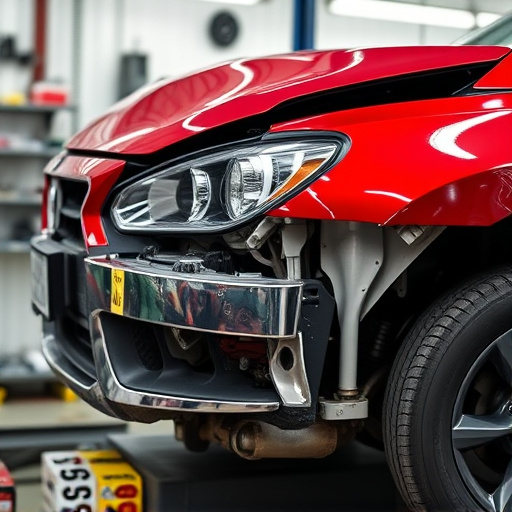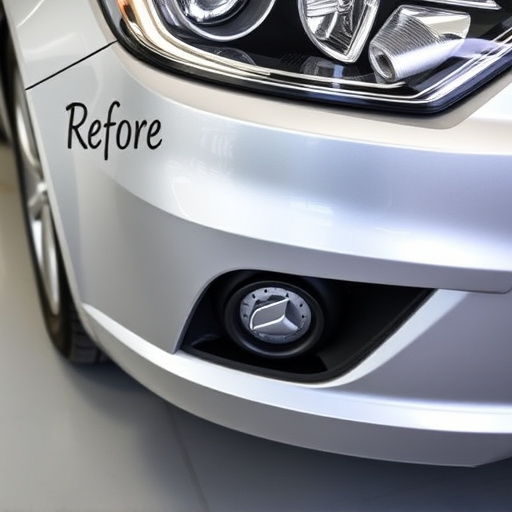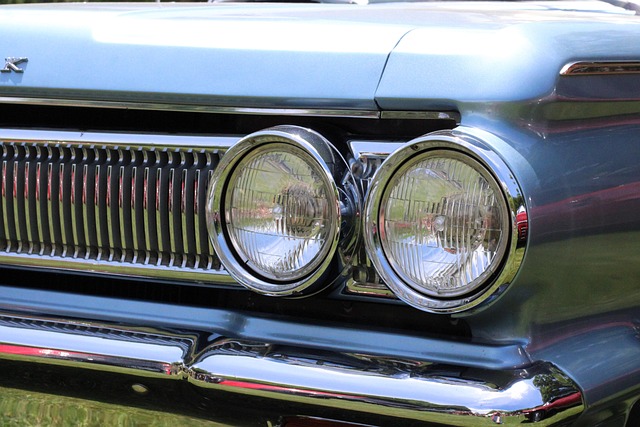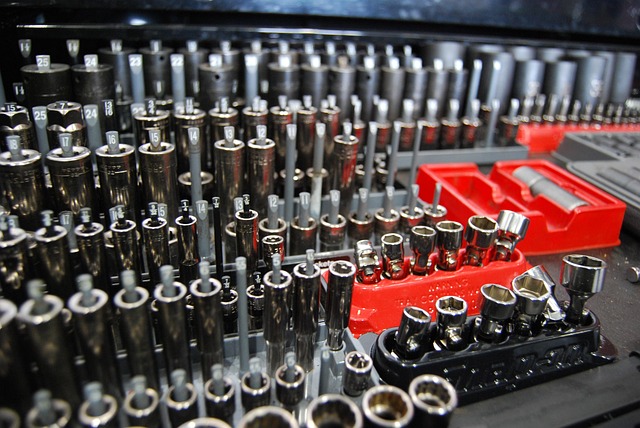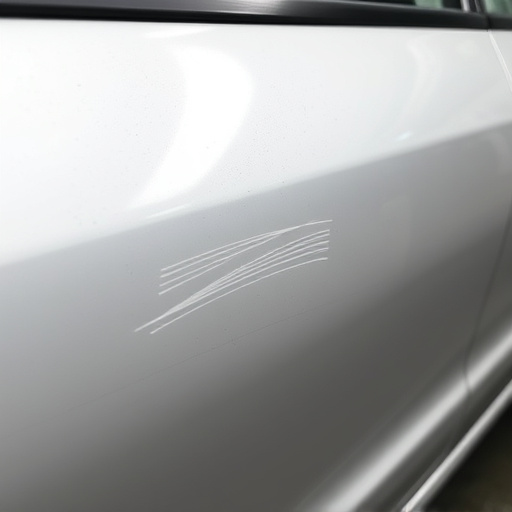The Direct Repair Program (DRP) is a collaborative network between insurance companies and pre-approved auto repair shops that streamlines post-accident repairs, ensuring quality control, cost management, and faster claim settlements. For car owners, DRPs offer convenient, manufacturer-approved repairs with certified technicians; for repair shops, they provide exclusive partnerships and resources but come with restrictions that may limit flexibility. Participation decisions should balance financial benefits and simplified claims processes against local availability, service preferences, and comfort with direct repairs versus specialized centers.
Is the Direct Repair Program (DRP) still a valuable option for auto shops? This article explores the pros and cons of participating in DRPs, offering insights to help you make an informed decision. From enhancing customer satisfaction to navigating competitive markets, understanding the DRP’s role is crucial. We’ll guide you through the benefits that streamline operations and attract clients, as well as potential drawbacks to consider. By the end, you’ll be equipped to determine if enrolling in a DRP aligns with your business goals.
- Understanding the Direct Repair Program: A Brief Overview
- Benefits and Drawbacks of Participation
- Making an Informed Decision: Should You Enroll?
Understanding the Direct Repair Program: A Brief Overview

The Direct Repair Program (DRP) is a network of pre-approved auto repair shops that work directly with insurance companies to facilitate vehicle repairs following an accident or damage. This program offers several advantages for both policyholders and insurers, streamlining the claims process and ensuring repairs are carried out by qualified professionals. By partnering with DRP providers, insurance firms can manage costs, maintain control over the repair quality, and expedite the overall claim settlement process.
This program is particularly beneficial for vehicle collision repair, providing a structured approach to what can often be a complex and stressful situation for policyholders. The DRP guarantees that the chosen auto repair services are in line with the manufacturer’s standards and specifications, ensuring your vehicle receives the best possible care. This standardized process not only simplifies claims handling but also gives peace of mind to those involved in vehicle collisions, knowing their repairs will be handled efficiently and effectively.
Benefits and Drawbacks of Participation

The Direct Repair Program (DRP) offers several advantages for both consumers and auto repair shops. One of its key benefits is convenience; it provides a streamlined process for car owners to get their vehicle repairs done, often with manufacturer-approved parts and certified technicians. This can save time and ensure quality work, as these programs typically have strict standards. For repair shops, joining a DRP can open doors to exclusive partnerships, stable business opportunities, and access to the latest training resources and technology. This is particularly advantageous for smaller, independent shops looking to stay competitive in the market.
However, there are potential drawbacks to consider. Participation often comes with certain restrictions and guidelines that repair shops must adhere to, which may limit their flexibility in service offerings. Some programs might also favor larger, network-affiliated shops, making it challenging for independent businesses to gain recognition or attract customers through the DRP alone. Additionally, while DRPs emphasize cost-effectiveness, certain specialized repairs, such as intricate car paint repair, tire services, or comprehensive car body restoration, might fall outside their scope, requiring additional effort to accommodate these services.
Making an Informed Decision: Should You Enroll?

Making an informed decision about enrolling in a direct repair program depends on your specific needs and circumstances. The direct repair program offers numerous benefits, such as potential cost savings on auto glass repair or collision damage repairs. By utilizing network providers, you can avoid high out-of-pocket expenses often associated with using non-network shops. Additionally, these programs streamline the claims process, ensuring a smoother experience when dealing with insurance companies.
However, it’s essential to weigh these advantages against factors like the proximity of direct repair centers and their availability in your area. Moreover, consider whether you prefer the personalized service offered by specialized collision centers or the convenience of a direct repair program. If accessibility and a tailored approach are priorities, then exploring local car bodywork services might be more suitable. Ultimately, the decision should align with your comfort level and the type of repairs needed for your vehicle.
The direct repair program offers consumers a powerful option for vehicle maintenance, but it’s not without its considerations. By understanding both the advantages and potential drawbacks, you can make an informed decision that aligns with your needs. While it provides cost savings and convenience, it may also present challenges in terms of limited provider network and potential quality control issues. Ultimately, whether the direct repair program is worth your time depends on your personal circumstances and priorities.



